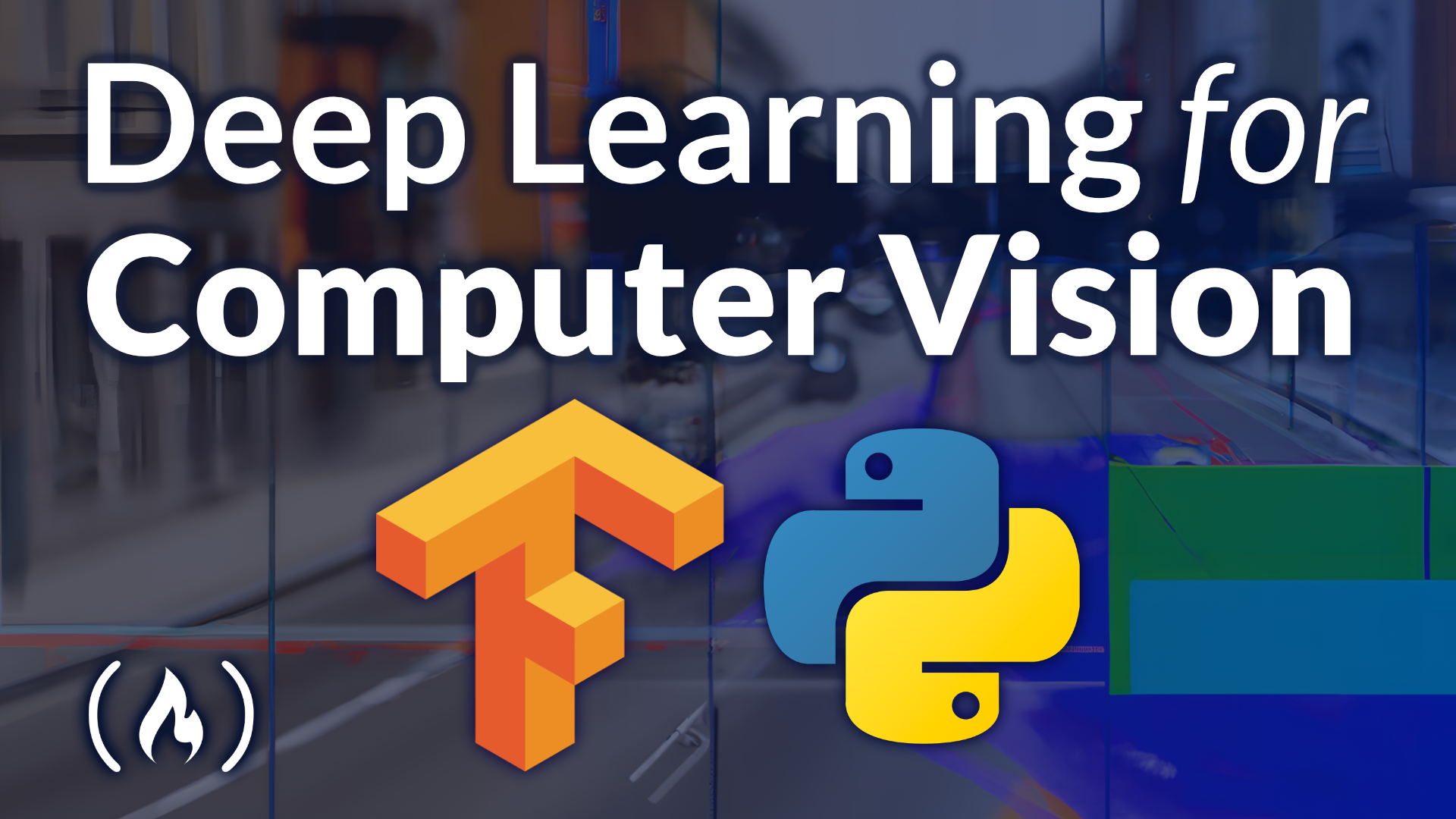Computer vision is being used in more and more places. From enhancing security systems to improving healthcare diagnostics, computer vision techniques are revolutionizing multiple industries.
We just published a 37-hour course on the freeCodeCamp.org YouTube channel that will teach you about deep learning for computer vision using TensorFlow. The course was expertly created by Folefac Martins from Neuralearn.ai.
A Sneak Peek into the Course
This course is meticulously designed to cover a broad range of topics, starting from the basics of tensors and variables to the implementation of advanced deep learning models for complex tasks such as human emotion detection and image generation.
After introducing the prerequisites and discussing what learners can expect from the course, the first segment focuses on the foundational aspects of tensors and variables. You'll understand the basics, initialization and casting, indexing, and common TensorFlow functions. The topics extend to cover the intriguing concepts of ragged, sparse, and string tensors, laying the groundwork for building neural networks.
As you venture into the world of neural networks, you'll start by predicting car prices. This practical project involves steps from data preparation to measuring model performance, and it'll provide an understanding of linear regression models, error sanctioning, and training and optimization techniques.
The course then delves into convolutional neural networks (ConvNets), which are particularly useful for image data. You will use ConvNets to diagnose malaria, a task that includes data preparation, visualization, and processing, and learn how to build ConvNets with TensorFlow. Along the way, you'll explore binary cross-entropy loss, model training and evaluation, and saving and loading models on Google Drive.
Advanced topics in TensorFlow, such as custom loss and metrics, eager and graph modes, and custom training loops, are also thoroughly discussed. A significant portion of the course is devoted to improving model performance, evaluating classification models, and using data augmentation techniques to enhance the quality and diversity of data.
The course proceeds to explore modern Convolutional Neural Networks like AlexNet, VGGNet, ResNet, MobileNet, and EfficientNet, applied to a human emotions detection project. Additionally, the course illustrates the black box of these models by visualizing intermediate layers and using the Gradcam method.
There's a great section dedicated to Transformers in Vision, understanding and building Vision Transformers (ViTs) from scratch, and fine-tuning Huggingface ViT. This section includes practical training with the Weights and Biases tool for experiment tracking, hyperparameter tuning, dataset and model versioning, known as MLOps.
Finally, the course closes with important topics in model deployment, including converting TensorFlow models to Onnx format, understanding and implementing quantization, building and deploying an API with FastAPI, and load testing with Locust.
The course concludes with a module on object detection using the YOLO algorithm and image generation using Variational Autoencoders (VAEs) and Generative Adversarial Networks (GANs).
The Learning Experience
What sets this course apart is the combination of theoretical understanding and practical applications. It is a guided journey through the intricacies of TensorFlow, deep learning, and computer vision, using real-world projects such as car price prediction, malaria diagnosis, human emotion detection, and image generation.
The course is perfect for anyone passionate about machine learning and AI, regardless of their current expertise level. So whether you're a complete beginner, a data scientist looking to update your skills, or an AI enthusiast, this course promises a thorough and practical understanding of computer vision and deep learning with TensorFlow.
Watch the full course on the freeCodeCamp.org YouTube channel (37-hour course, with subtitles).

